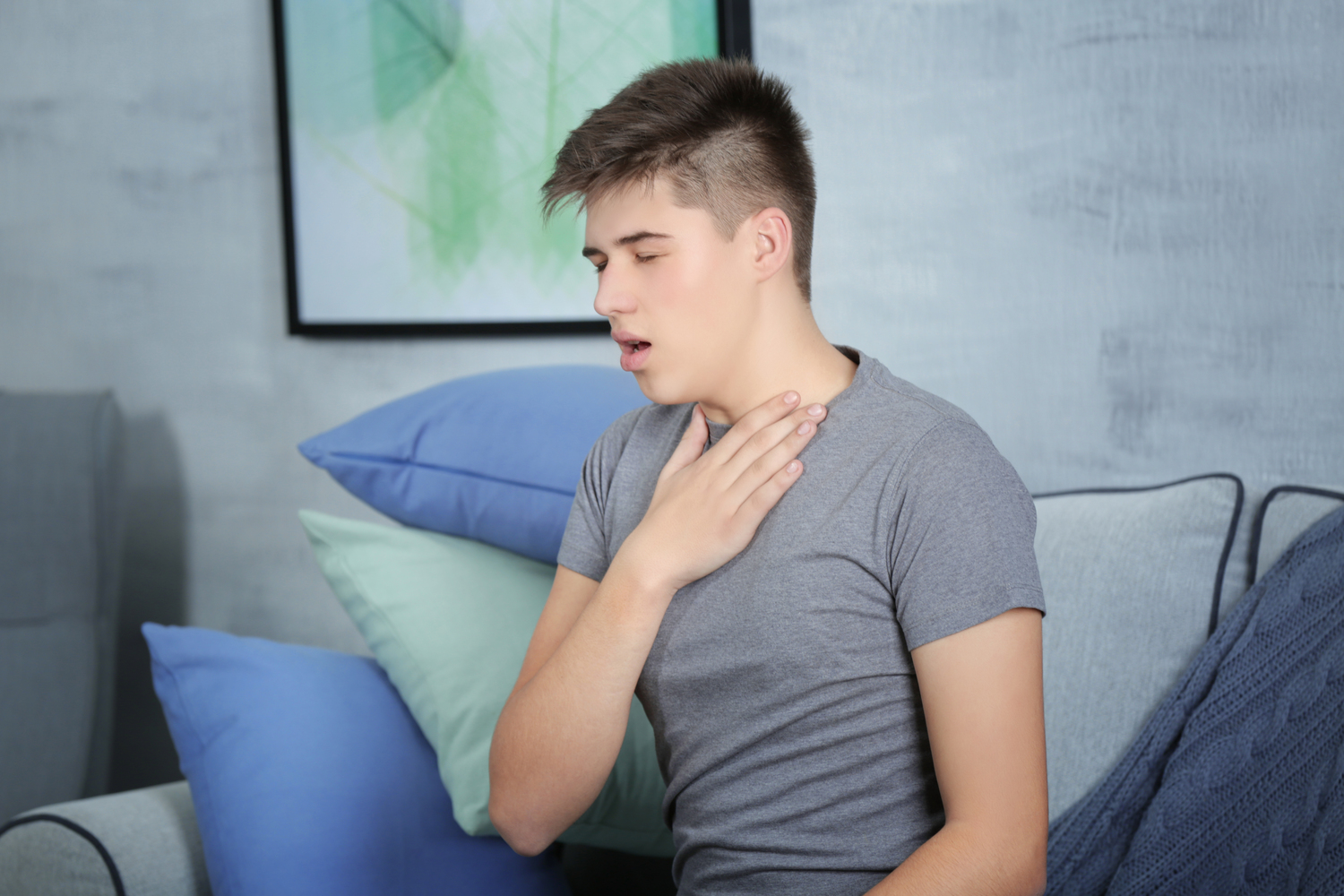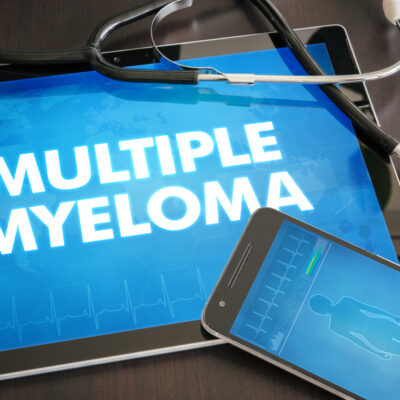
Symptoms and treatments of COPD
COPD stands for Chronic Obstructive Pulmonary Disease. It is a chronic condition where inflammation in the lungs results in the obstruction of air flowing in and out of the lungs. Typically, chronic bronchitis and emphysema are responsible for causing COPD. Emphysema is associated with damage to the alveoli at the end of bronchioles. This condition arises from exposure to irritant gases, particulate matter, and smoking. Chronic bronchitis is associated with inflammation in the inner lining of the bronchial tubes. The bronchial tubes are responsible for taking air to and from the lungs’ alveoli.
Signs and symptoms of COPD
The main symptoms of COPD are:
- Mucus production and daily cough experienced over three months or more than two years are the main symptoms associated with COPD caused by chronic bronchitis. One may cough up phlegm which may be green, yellow, white, or even clear.
- Dyspnea or the experience of shortness of breath after physical exertion or activity is another sign of COPD.
- As a patient of chronic obstructive pulmonary disease, one can also experience wheezing.
- Tightness in the chest is another sign of COPD.
- If one has chronic obstructive pulmonary disease, their lungs may end up producing too much mucus, which may create an urge to clear the throat, first thing in the morning.
- COPD may also cause cyanosis or the blueness of the lips or fingernail beds.
- COPD can also affect the respiratory system. One may experience respiratory infections due to this.
- One can also experience fatigue because of COPD.
- COPD may also lead to psychological conditions like anxiety and depression.
- Due to this condition, one may experience loss of appetite and subsequent weight loss.
- Swelling in the legs, feet, and ankles may arise as a result of chronic obstructive pulmonary disease.
Treatment procedures for COPD
- The first and most important step in the treatment of COPD is to avoid smoking as this habit can aggravate COPD. To avoid further complications, one should stop smoking altogether.
- The doctor may recommend bronchodilators, which are helpful for the relaxation of the airway muscles. These are usually found in the form of inhalers. One may be given salbutamol, ipratropium bromide, and levosalbutamol for short term relief. For long term relief, bronchodilators like tiotropium bromide, formoterol, and indacaterol may be given.
- To reduce inflammation in the airways and keep exacerbations at bay, the doctor may prescribe inhaled corticosteroid medications.
Inhalers which offer a combination of inhaled corticosteroid medications and bronchodilators can be taken after consulting a doctor. - Antibiotics may be prescribed by the doctor to deal with respiratory infections associated with chronic obstructive pulmonary disease.
- A person with COPD may be given oxygen therapy to help supplement the oxygen levels in their body.
- In severe cases of emphysema, one may need to consider the option of surgery. Lung volume reduction surgery can help remove damaged parts of the lung tissues. Lung transplantation can also be an option for people who meet the criteria. Bullectomy is another treatment option to reduce the large air spaces, known as bullae, from the lungs.


